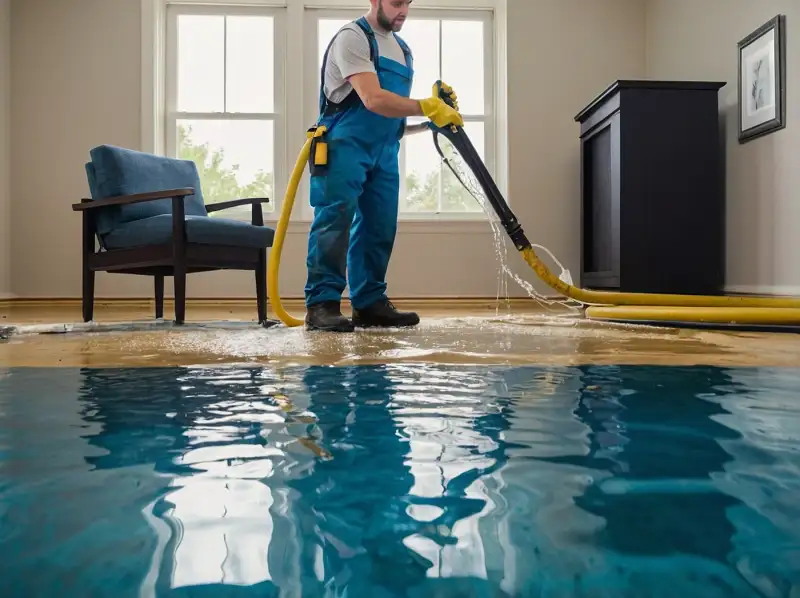
28
Aug
Water Damage Restoration in Dallas County: Your Complete Guide
Experiencing water damage in your home can be overwhelming, especially in Dallas County, where sudden storms can cause significant flooding. In this guide, we’ll explore the intricacies of water damage restoration, what steps to take immediately, and how to ensure your home is safe and sound. By the end, you’ll feel empowered to tackle water-related issues head-on.
Understanding Water Damage in Dallas County
Water damage can stem from various sources, including heavy rains, burst pipes, or even appliance malfunctions. In Dallas County, the risk of flooding is particularly high during the late spring and summer months. Recognizing the signs of water damage early can help prevent extensive repairs and mold growth.
Common Causes of Water Damage
- Severe Weather: Flash floods can occur in areas like Mesquite and Richardson, leading to water entering homes unexpectedly.
- Piping Issues: Leaks from old or damaged pipes can cause water to accumulate, often unnoticed until it’s too late.
- Appliance Failures: Dishwashers, washing machines, and water heaters can fail, causing significant water damage if not addressed quickly.
Immediate Steps to Take After Water Damage
If you find yourself facing water damage, taking immediate action is crucial. Follow these steps to mitigate potential harm:
- Ensure Safety: Before entering the affected area, ensure it’s safe. Turn off electricity and avoid wading through deep water.
- Document the Damage: Take photos of the damage for insurance purposes. This can help expedite your claim.
- Contact a Professional: It’s essential to contact our restoration experts as soon as possible to assess the damage and begin the restoration process.
The Water Damage Restoration Process
Understanding the water damage restoration process can prepare you for what to expect. Here’s a breakdown of the steps involved:
1. Assessment and Inspection
A restoration expert will evaluate the extent of the damage and determine the best course of action. This is a critical step to ensure no hidden damage, such as mold, is lurking.
2. Water Extraction
Using specialized equipment, professionals will remove standing water to prevent further damage. This step is crucial for minimizing the potential for mold growth.
3. Drying and Dehumidification
Once the water is extracted, the area will be thoroughly dried using high-powered fans and dehumidifiers. This process may take several days, depending on the extent of the damage.
4. Cleaning and Sanitization
After drying, it’s essential to clean and sanitize the affected areas to prevent mold and bacteria growth. This is where our sanitization services come in handy, ensuring your home is safe for you and your family.
5. Restoration and Repairs
The final step involves restoring your home to its pre-damage condition. This may include repairing or replacing flooring, drywall, and other structural elements.
Preventing Future Water Damage
To avoid the stress of water damage in the future, consider these preventive measures:
- Regular Maintenance: Regularly inspect and maintain your plumbing and appliances to catch potential issues early.
- Install Sump Pumps: If you live in a flood-prone area, consider installing sump pumps to help manage excess water.
- Improve Drainage: Ensure your yard is properly graded to direct water away from your home’s foundation.
When to Call for Help
If you experience water damage, don’t hesitate to reach our water damage experts. The sooner you act, the better your chances are of minimizing damage and recovery costs.
Conclusion
Water damage restoration in Dallas County is a critical service that can save you time, money, and stress. Whether you’re dealing with a minor leak or a major flood, understanding the restoration process and knowing when to call for help can make all the difference. Remember, you’re not alone in this—contact our restoration team today for expert assistance!
For more information on our services and how we can assist you in Dallas County and beyond, visit our service areas page.



